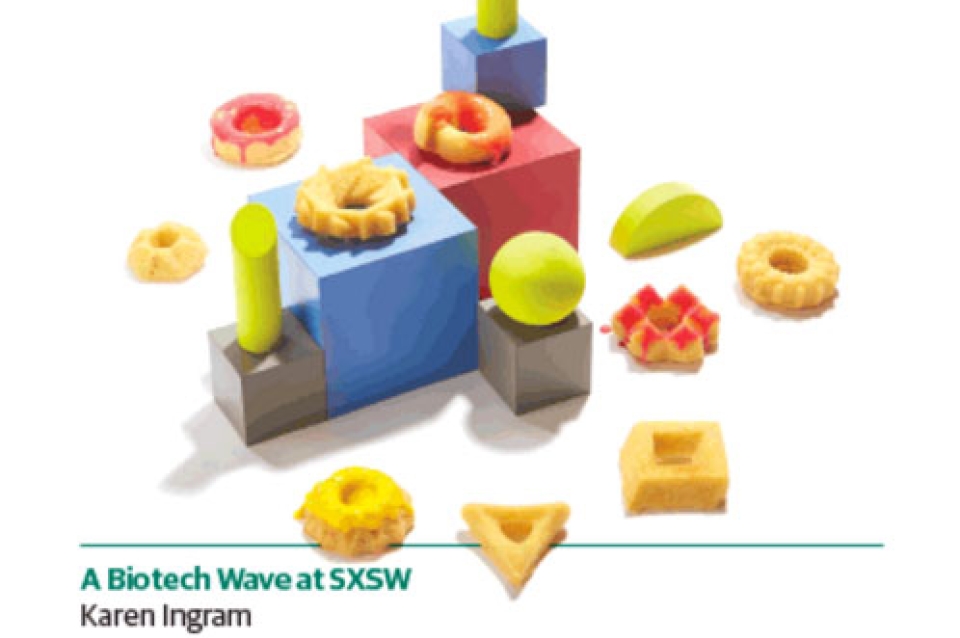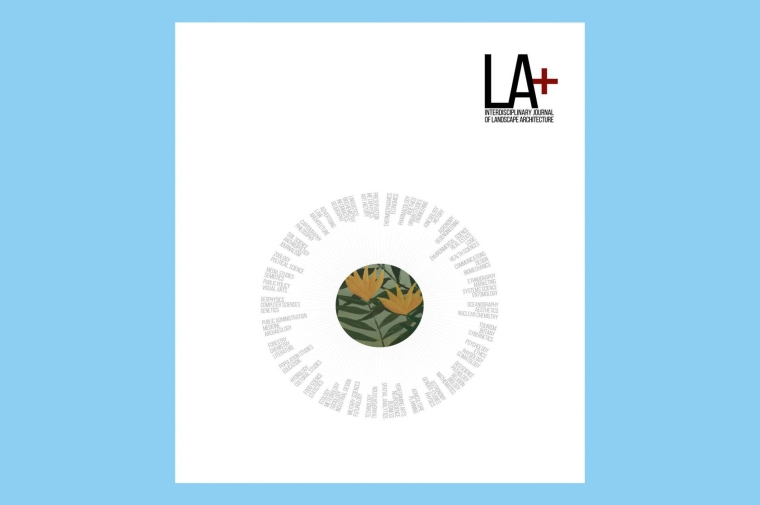September 30, 2016
Stuart Weitzman School of Design
102 Meyerson Hall
210 South 34th Street
Philadelphia, PA 19104
Get the latest Weitzman news in your Inbox
Assistant Professor of Fine Arts Orkan Telhan is an interdisciplinary designer whose investigations focus on the design of interrogative objects, interfaces, and media, engaging with critical issues in social, cultural, and environmental responsibility. In this excerpt from an article published in the September 2016 issue of BioCoder (free download)--a newsletter about how the biological revolution touches every aspect of daily life, from food and health to art, recreation, law, business, and more--Telhan writes about his latest project.
Microbial Design Studio is developed specifically to bring biology to the design studio. It is a design tool that minimizes the learning curve to work with biology to create sufficiently complex applications in food, material, fashion, graphic design or architecture. The studio functions as a portable wet lab that automates the design and prototyping process of working with microorganisms such as yeast and E.coli. Designers can grow these organisms to synthesize new chemicals and use the chemicals or use the organisms directly as part of sensing and remediation applications.
While it is common to see donuts colorfully designed by foodies, chefs and the gastronomically inclined, they are not a typical project for product designers, architects or biologists. We do not often see parametrically designed donuts that vary in form, shape, and structure, or genetically augmented or probiotic donuts that are designed to explore new tastes. [Integrated Product Design alumna Taylor] Caputo’s “Microbial donuts” demonstrates how new types of food design can be informed by biological concepts as well as combinatorial and parametric design methods that are ubiquitous in architecture and engineering.
Caputo’s approach starts with a basic study of volume and shows how different forms can yield interesting structural qualities inside the donut. She uses Rhino to estimate the structure of the dough based on how much batter can be packed in a single form, and how much the dough can rise based on the organisms in the batter. The form of the donut influences the amount of C02 that can be released inside the dough and how the batter will be distributed inside the form. Her experiment compares four different geometries that are similar in diameter yet vary in heights. She prints the shapes in a standard 3D printer to create molds that can be used to bake the risen dough.


 Expand Image
Expand Image



